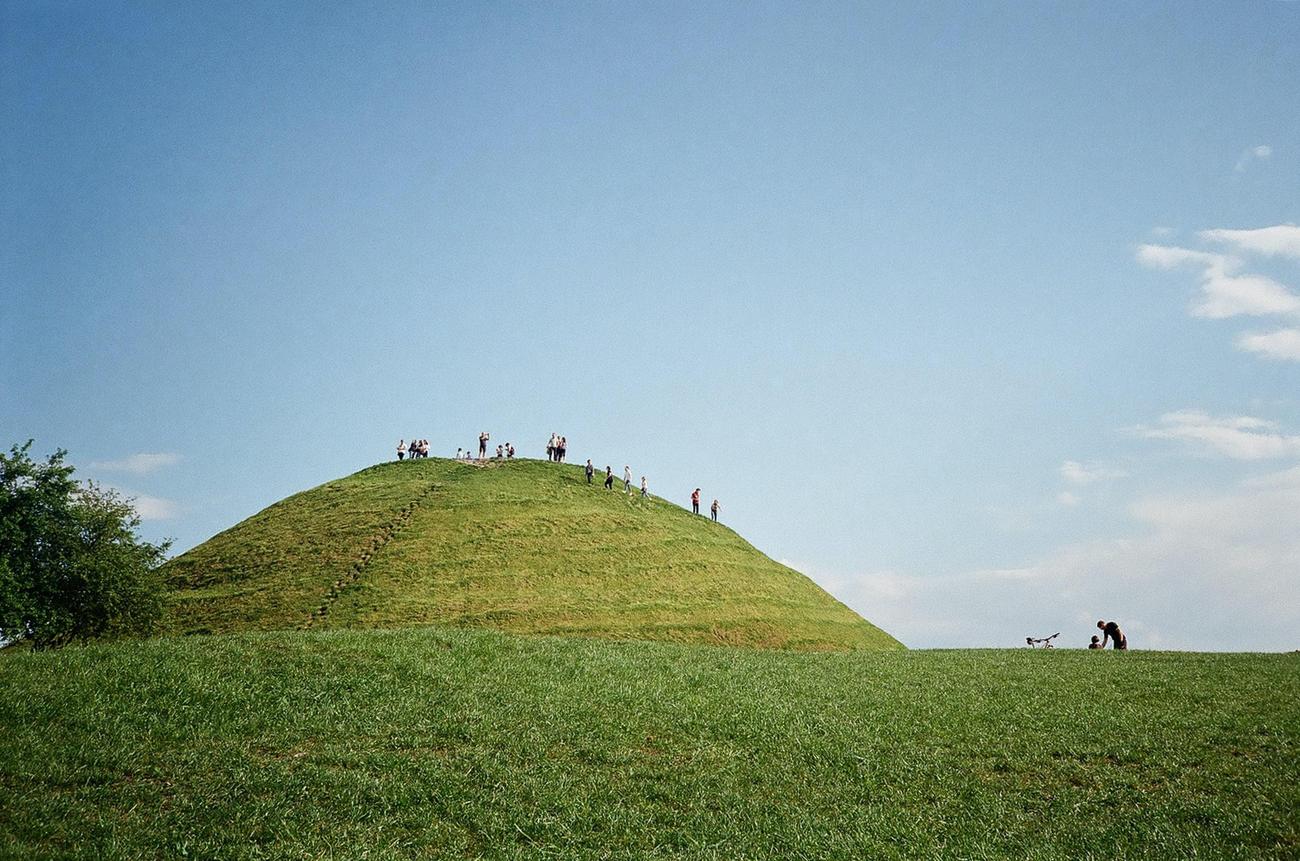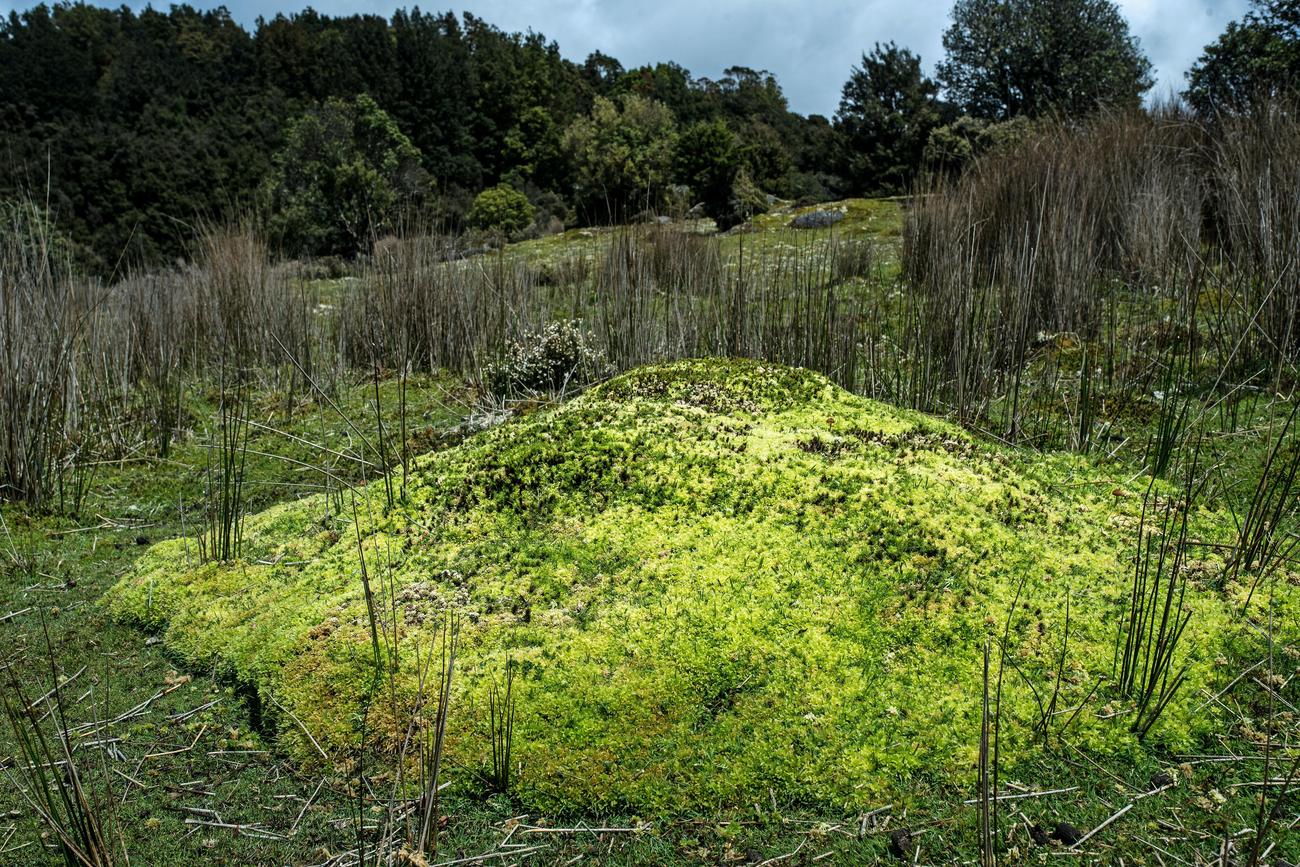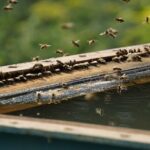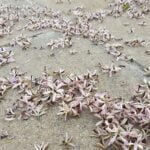Welcome to a captivating journey into the world of termites! In this article, we will explore a fascinating aspect of their existence that holds profound implications for our understanding of their ecological impact and pest management strategies. Join me, a seasoned entomologist with a deep-rooted passion for insect behavior and ecology, as we unravel the significance of termite colony size. Brace yourself for an enlightening exploration into the intricate dynamics that shape the growth patterns of these remarkable insect societies. Prepare to be astounded by the evolutionary adaptations and potential ramifications that arise from the vastness or modesty of termite colonies. Get ready to embark on an enthralling adventure through the captivating realm of termite colony size!

Termite Colony Size
As an entomology expert with extensive knowledge of termite behavior and ecology, I have researched and studied termite colonies for years. One fascinating aspect of termite colonies is their size and the significance it holds within their societies. In this article, we will delve into the intricacies of termite colony size and explore its implications for their ecological impact, evolutionary adaptations, and potential pest management strategies.
Termite colonies are complex societies comprised of various castes, each with its own specific roles and responsibilities. These castes include immature termites, soldiers, workers, reproductives, and nymphs. The size of a termite colony can significantly impact its functioning and behavior.
The Queen: The Pillar of Termite Colonies
When discussing termite colony size, it is essential to highlight the role of the queen termite. The queen is the largest termite in the colony and plays a vital role in its survival and growth. She is responsible for laying eggs, ensuring the continuous population of the colony. The size of the queen and the number of eggs she produces directly affect the growth and expansion of the colony. A larger queen can produce more eggs, leading to a larger colony size over time.
Soldiers: Protectors of the Colony
Another important caste within a termite colony is the soldier termites. These termites are responsible for protecting the colony from potential threats, such as predators or other termite species. The size of the soldier termites is critical in determining their effectiveness in defending the colony. Larger soldiers generally possess stronger mandibles and defensive capabilities, making them more effective guardians of the colony.
Worker Termites: The Unsung Heroes
Worker termites, while small in size, play an essential role in the functioning of the colony. They do not have wings like the reproductive termites and have distinct mouthparts for carrying out their tasks. Worker termites are responsible for building and maintaining the colony, including constructing tunnels, galleries, and nests. The size of worker termites can also influence their efficiency in foraging activities, as larger workers can carry more significant loads. This efficiency in foraging directly affects the overall success and survival of the termite colony.
The Size of Termite Colonies: Ecological Impacts and Beyond
Termite colonies can vary greatly in size, ranging from several hundred to several million termites. The distribution and size of termite colonies are influenced by factors such as available resources, environmental conditions, and the behavior of the individual termites within the colony. The size of a termite colony can have significant ecological impacts, including nutrient cycling, soil turnover, and decomposition processes. Additionally, larger colonies have the potential for more significant structural damage to wooden structures or other materials in their environment.
Understanding the Growth Patterns of Termite Colonies
Assessing termite colony ontogeny is crucial for understanding their reproductive lifespan, neotenic production, and overall colony size. The growth pattern of a termite colony can provide insights into the factors controlling its expansion and population dynamics. It is essential to consider both internal and external factors when studying termite colony growth patterns. Internal factors include the reproductive potential of the queen and the growth rates of individual termites within the colony. External factors encompass resource availability, environmental conditions, and potential interactions with other termite colonies or organisms.
In Conclusion
Termite colony size holds immense significance in understanding the ecology and behavior of these fascinating insects. The size of the queen, the role of soldiers, and the efficiency of worker termites all contribute to the overall size and functioning of a termite colony. The ecological impact of termite colonies, their evolutionary adaptations, and potential implications for pest management strategies are directly influenced by colony size. By studying termite colony size and its various factors, we can gain valuable insights that can contribute to our understanding of these superorganisms’ complex societies.
Termites are fascinating creatures, known for their complex social structure and tireless work ethic. But have you ever wondered just how many termites are in a colony? Well, wonder no more! Click here to find out the astonishing numbers of termites that make up a colony! With a simple click, you’ll be transported to a world of knowledge about these tiny yet mighty insects. So don’t miss out on this opportunity to satisfy your curiosity and delve into the secrets of termite colonies.
How Many Termites Are In A Colony

FAQ
Question 1
What is a termite colony made up of?
Answer
A termite colony consists of various castes, including immature termites, soldiers, workers, reproductives, and nymphs.
Question 2
What is the role of the queen termite in the colony?
Answer
The queen termite is larger than the other termites and plays a vital role in the colony. She ensures the population of the colony is maintained.
Question 3
What is the role of soldier termites?
Answer
Soldier termites are responsible for protecting the colony. They defend against potential threats and ensure the safety of the colony.
Question 4
Can you explain the characteristics of worker termites?
Answer
Worker termites do not have wings and have distinct mouthparts. They are responsible for tasks such as foraging, building and maintaining the nest, and taking care of the immature termites.
Question 5
How large can termite colonies grow?
Answer
Termite colonies can vary in size, with drywood termite colonies having a maximum size of approximately 4,800 termites. However, the distribution and size of termite colonies can range from several hundred to several million termites depending on the species and environmental factors.
- China II Review: Delicious Food & Speedy Service - April 17, 2025
- Understand Virginia’s Flag: History & Debate - April 17, 2025
- Explore Long Island’s Map: Unique Regions & Insights - April 17, 2025
















